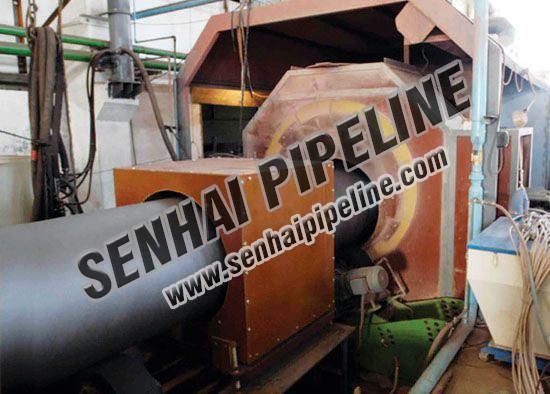In the case of a 3LPE Coated Pipes, a flat steel strip is formed first, and then its shape is rounded. Once formed, the seams of the stainless steel tubing must be welded together. This weld greatly affects the formability of the part. Therefore, to obtain a welding profile that meets the stringent testing requirements of the manufacturing industry, it is extremely important to choose the right welding technology. Undoubtedly, tungsten gas shielded arc welding (GTAW), high frequency (HF) welding, and laser welding have been used in the manufacture of stainless steel tubes.
Laser welding
In all 3LPE Coated Pipes for Water welding applications, the edges of the steel strip are melted and the edges solidify when the edges of the stainless steel welded tubes are pressed together using a clamping bracket. However, a unique property for laser welding is its high energy beam density. The laser beam not only melts the surface of the material, but also creates a keyhole so that the weld is very narrow.
If the power density is less than 1 MW/cm2, such as GTAW technology, sufficient energy density cannot be produced to produce a keyhole. Thus, the keyless hole process results in a wide and shallow weld profile. The high precision of laser welding leads to higher efficiency penetration, which in turn reduces grain growth and results in better metallographic quality; on the other hand, GTAW's higher thermal input and slower cooling process result Rough welded structure.

Copyright © Hebei Senhai Pipeline Co., Ltd. All Rights Reserved | Sitemap | Powered by 